All Of The Different Types of Bikes – Explained!
Use this handy guide to find the type of bike that best suits you and your riding.
The decision to buy a new bike is easy. It’s figuring out exactly what the different types of bikes are that proves to be a little more challenging. Once you begin your search, you realise there are numerous types and dozens of styles. While that variety means there’s certainly a great match for whatever kind of riding you do (or want to do), it can also make it hard to know which one is the perfect fit. Use this guide to figure out the right choice for you.
First, glance our quick guide below to identify different types of bikes, and what type of bike you are looking for, then scroll down to find out more detailed information on each.
A Quick Guide to the Types of Bikes:
Road Bicycles – Lightweight, efficient bikes with drop handlebars and narrow tyres for recreational riding on pavement. Styles include race and endurance.
Mountain Bikes – Rugged machines with flat handlebars and wide, knobby tyres for riding narrow dirt trails. Styles include hardtail, full-suspension cross country, full-suspension trail, and full-suspension enduro.
Gravel/Adventure Bikes – Drop-bar bikes with clearance for multiple tyre sizes for a range of riding experiences on- and off-road. Styles include gravel, bikepacking, and cyclocross.
Bicycles – Bikes designed for utility, such as commuting or errands, including some that haul kids or cargo. Styles include commuter, fixie, mid-tail, and cargo.
Comfort/Fitness Bikes – Everything from beach cruisers to flat-bar bikes for weekend spins on multi-use paths. Styles include hybrid, fitness, comfort, and cruiser.
E-Bikes – Electronic bicycles can be bikes from almost any of the other categories here, designed with a small, lightweight electric motor to assist the rider. Styles include commuter, cargo, mountain, and road.
Fat Bikes – These head-turning bikes feature 3.8-inch wide or wider tyres for flotation and traction often for sand, snow, or trail. Styles include mountain and cruiser.
Triathlon Bikes – Road-style bikes built to optimise aerodynamics a with wing-shaped frame, wheel cross-sections, and aggressive rider positions.
Road Bike
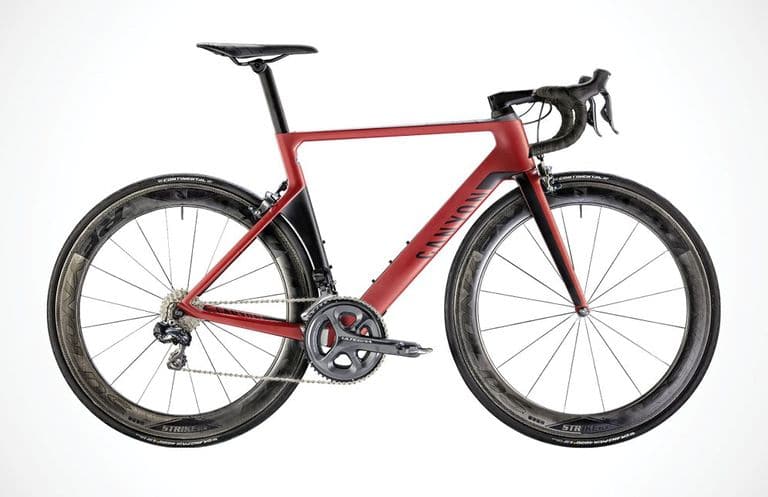
What it is: Some people call it a racing bike; others call it a 10-speed (Hello, progress: One can now have 18 or more speeds!). Out of the different types of bikes, road bikes are made for speed, with narrow tyres for rolling fast and far on paved surfaces. Disc-brake versions are becoming increasingly common. Many brands have women’s-specific models, which have different touch points (saddle, handlebars, and sometimes crankarm length) for women’s anatomy and sometimes have women’s-specific frame geometry.
Within road bikes, there are some sub-types:
Aero: With wing-shape frame tubes and wheels, these bikes reduce drag to a bare minimum. Intended for racing or time-trialing, they often feature more aggressive rider positions; the emphasis is speed over rider comfort.
Ultralight: Made for long climbs, these bikes strip weight by using the lightest materials, but may not be as good for all-around use.
Endurance: The right pick for most riders, these models feature a more upright rider position for comfort, slightly wider tyres and gearing ranges and, sometimes, vibration-absorbing technologies in the frame and/or fork.
What it’s for: If you’re staying on pavement, it’s hard to beat the fast-rolling efficiency of a good road bike. From racing to group rides to solo spins, a road bike can handle a wide range of recreational rides.
Price range: Quality road bikes with aluminum frames, 18-speed drivetrains and conventional rim brakes start around R12,000. Super high-end models go well north of R230,000, with exotic materials, 22-speed electronic drivetrains, hydraulic disc brakes, and ultra low weights.
Mountain Bike
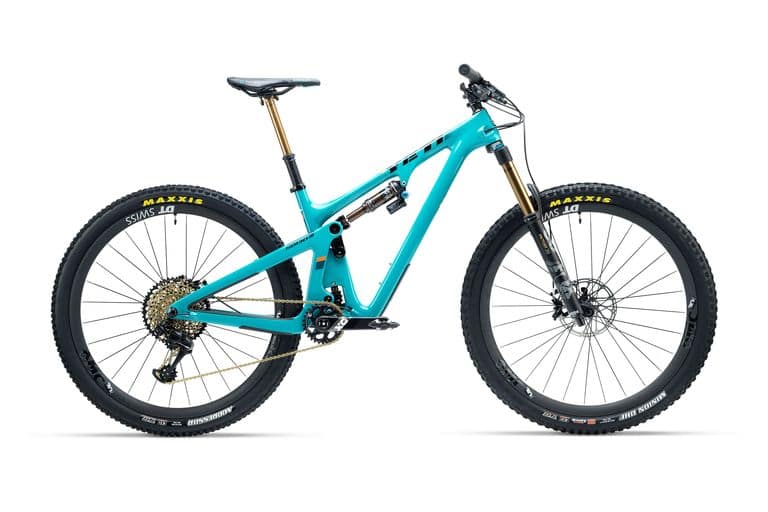
What it is: These durable, rugged bikes are made for riding narrow dirt trails. They have wide, flat handlebars for control; two-inch or wider tyres with knobby tread for traction; and wide-range drivetrains and hydraulic disc brakes for handling steep climbs and descents. Wheels are typically either 27.5-inch diametre or 29-inch; the older 26-inch is rapidly disappearing. Women’s models are marked by women’s-specific seats, smaller grips and narrower handlebars and shorter crankarms. Most also have lighter suspension tuning for smaller riders.
For mountain bikes, here are the sub-types:
Hardtail: As the name suggests, these often have suspension forks on a rigid frame. They are typically the most affordable type, but there are also high-end versions for racing.
XC Full-Suspension: Features a shorter-travel (110mm or less) rear suspension designed to prioritise low bike weight and efficiency under power, especially on climbs.
Trail Full-Suspension: Mid-travel (120-150mm) suspension that balances climbing efficiency and descending abilities. Tyres get wider, with larger brake rotors for stopping power. Some versions are “Plus” compatible, offering conventional 29-inch wheels or 27.5×3-inch “plus-size” rubber.
Enduro/Gravity Full-Suspension: With 160mm or more of rear wheel travel, powerful brakes and aggressive tyre treads, these bikes are intended for maximum control when descending, especially on steep, technical terrain.
What it’s for: Mountain biking means lots of things to lots of people. Depending on the style, a mountain bike can be used for everything from unpaved roads to steep, goat-path singletrack. Generally, the more technical the trails, the more rear suspension you want. Smaller riders may benefit from bikes with the 27.5-inch wheel size.
Price range: A basic hardtail for light trail use can be as low as R6,000, while the top trail and enduro-style models cost around R150,000, with carbon fibre frames and wheelsets and sophisticated suspensions.
Gravel/Adventure Bike
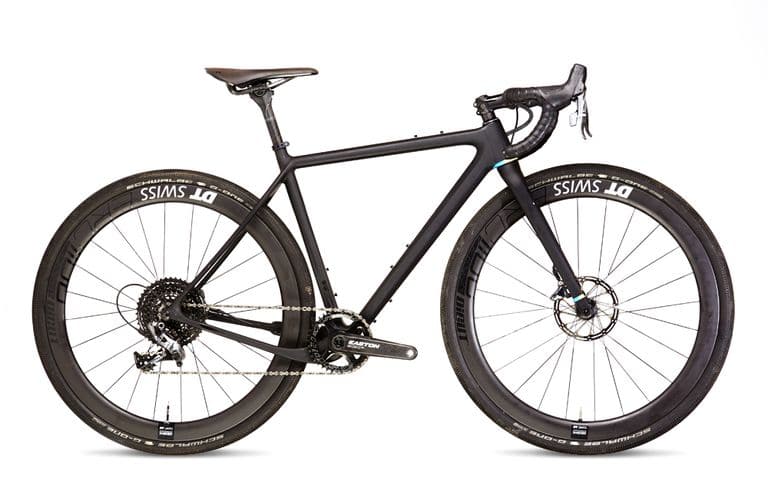
What it is: With a classic drop handlebar, a gravel/adventure bike looks almost exactly like a traditional road bike. But look closer, and you’ll find differences like clearance for much larger, knobby tyres for off-road use, additional mounts for accessories like bottle cages and frame bags, and a geometry that’s designed for a more upright rider position for comfort and stable handling on unpaved surfaces.
Virtually all of these bikes today have disc brakes and wide-range gearing for steep climbs. Some incorporate front or rear suspension elements for rider comfort. More companies are making women’s-specific models, which typically differ from men’s in parts selection, like saddle model and handlebar width.
There are a few sub-types of gravel/adventure bikes:
Gravel: An all-around, all-surface bike made for a range of uses, from races to all-day adventures.
Cyclocross: A stripped-down version of an adventure bike for racing. Tyre clearance is similar, but geometry features sharper, more aggressive handling, and there are often no additional accessory mounts beyond two bottle cages.
Bikepacking: The extreme adventure version, bikepacking bikes have clearance for fat, 29×2-inch tyres, lots of mounts for accessories and, sometimes, suspension-corrected geometry so you can outfit it with a suspension fork.
What it’s for: These go-anywhere, ride-anything machines are the most versatile bikes on the market today. They combine much of the fast-rolling efficiency of a road bike with treaded tyres for traction off pavement. They can handle almost any kind of riding you want to do with the exception of road races. Some models have rack and fender eyelets, making them serviceable tourers and commuters.
Price range: Gravel/adventure bikes start around R15,000 for basic, aluminum-framed models with cable-activated disc brakes, and go up to around R140,000 for carbon fibre versions that are often as light as good road bikes and have upgrades like carbon fibre wheels and electronic shifting.
Urban Bicycle
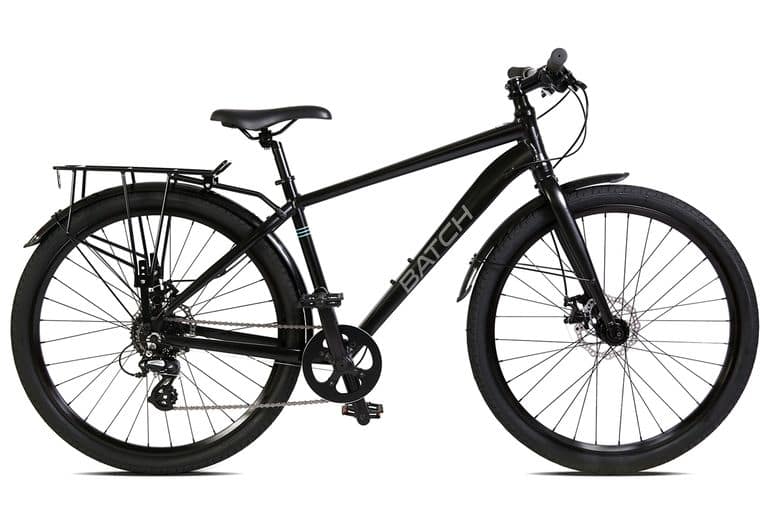
What it is: These bikes defy easy classification: They are essentially any bike made with utility, rather than recreation, in mind. They come in various, purpose-built styles. Whatever you pick, you get exercise, stuff gets done, and you always get free parking. You’ll find traditional “diamond” frame and step-through models in all styles except fixed gear (fixie) for anyone who wants an easier way to get on the bike.
Here are the four sub-types of urban bikes:
Commuter: Efficient and fast-rolling, this bike typically has flat handlebars for an upright position that lets you see well in urban environments. Multi-gear drivetrains handle hills, rim or disc brakes stop safely, and high-end versions come with accessories like fenders, racks and even lights pre-installed.
Fixie: Stylish and slick, these are the café racers of urban bikes. They’re based on track racing bikes, with lightweight frames, only one gear, and a clean, stripped-down aesthetic, often with color-matched parts and accessories.
Mid-Tail: Light duty haulers with an extended rear wheelbase made to support rack and pannier loads a normal bike won’t.
Cargo: There are two styles: long-tail and front-load (Dutch: bakfiets). Long-tail is a stretched rear wheelbase with built-in racks and pannier compatibility for large loads. Front-load uses a cargo bin ahead of the pilot and between the wheels. The low center of gravity works great for heavy hauling.
What it’s for: There’s no one “best” kind of urban bike; just the right kind of bike for your needs, which can range from commuting and errands to taking kids to the park or trips to the home and garden store.
Price range: Fixies and commuters are typically the most affordable. They start around R6,000 for the most basic models; high-end, fully-accessorised commuters can run R30,000. Cargo bikes start around R23,000 for serviceable mid-tail designs, and go well past R76,000 for electric versions.
Comfort/Fitness Bike
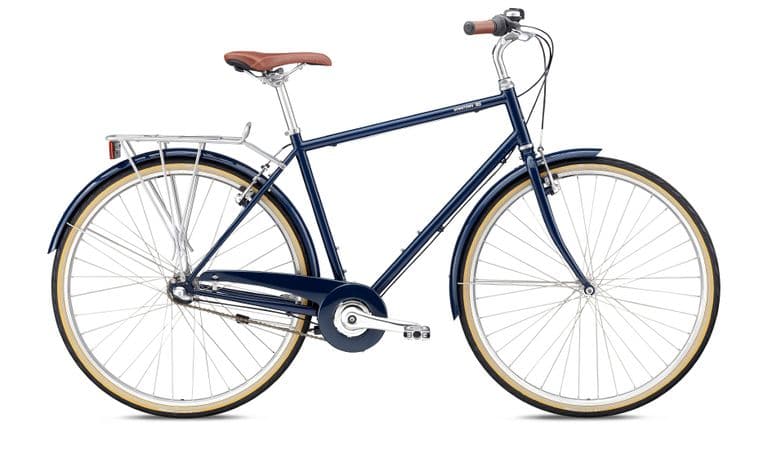
What it is: If it’s a bike built for fun – but not a road or mountain bike – it’s probably in this broad category that encompasses everything from flat-bar fitness bikes to beach cruisers. Some fitness bikes come in women’s versions with different touch points, and you’ll also find traditional diamond-frame and step-through versions in styles like hybrid, comfort and cruiser.
Within comfort/fitness bikes, here are the sub-types:
Hybrid: Named because they share features of road and mountain bikes, these feature the upright rider position, broad-range gearing and flat handlebar of a mountain bike, with narrower, fast-rolling tyres with light tread. Some have suspension.
Fitness: These emphasise road bike-like efficiency without the aggressive position, with lightweight frames, performance parts, and narrow slick tyres paired to flat handlebars for a more comfortable rider position.
Comfort: These bikes are marked by wide, lightly-treaded tyres, cushioned seats (and sometimes suspension) and a very upright rider position.
Cruiser: The classic swoopy-framed beach cruiser with fat tyres, 1-7 gears and wide, chopper-style handlebars.
What it’s for: As with urban, this category covers a broad range of use, and you’ll want to pick your style based on what you’ll do with it. Fitness bikes are made for working out; hybrids are great for rambles on paved or light dirt paths; comfort is perfect for a refreshing Saturday morning spin to the coffee shop.
Price range: Basic cruisers can go for as little as R3,000, while high-end flat-bar fitness bikes can easily run R30,000.
E-Bike
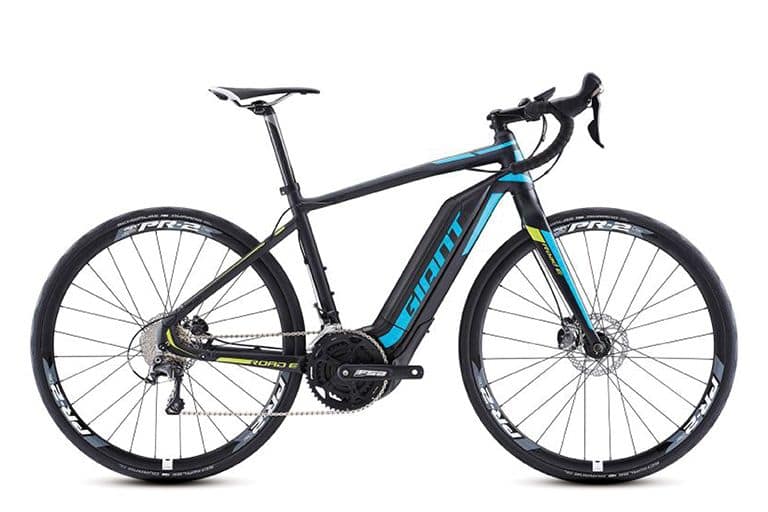
What it is: A relatively new entrant in the cycling world, e-bikes are less than a decade old. The “E” stands for a small electric motor that provides an assist to the rider’s own pedaling. There are three classes: Class 1: pedal-assist to 20mph; Class 2: pedal-assist or throttle-driven to 20mph; Class 3: pedal-assist to 28mph. Once mostly found on urban bikes, you can find styles now across almost all kinds of bikes.
For e-bikes, there are several sub-types:
Commuter: As in the Urban category above; you’ll find all three classes; Class 3 is great for fast commutes.
Cargo: Especially useful on long-tail and front-load bikes, the motor makes load-hauling easy.
Mountain: Can be hardtail or full-suspension, usually Class 1. Not always legal on local trails.
Road: Usually Class 1 or 3, made for spirited road rides alone or with friends.
What it’s for: The point of an e-bike is to deliver the same basic experience of cycling, with a little less effort. E-bikes can help people enjoy the same kind of road or mountain bike rides regardless of differences in age or fitness; give your commute a speedy boost with less sweat; or make the difference between using the car or the cargo bike for that grocery run. Basically, e-bikes allow more people more access to ride.
Price range: Older, hub-driven technology can be found on bikes down to R23,000. Newer “centre drive” systems are found on bikes starting around R30,000. A typical price range is R30,000-R80,000, and high-end full-suspension mountain bikes can go above R150,000.
Fat Bike
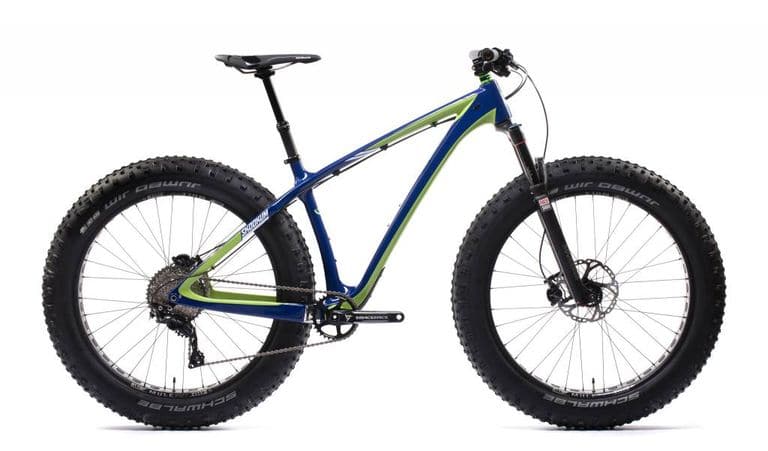
What it is: It’s the tyres that are fat, not the rider. Fat bikes feature ultra-wide tyres – at least 3.8 to almost 5 inches wide – for better flotation and traction, especially in soft soils or packed sand.
Within fat bikes, there are three sub-types:
Hardtail Mountain: The original style, these are very similar to normal hardtail mountain bikes. Many are fully rigid, with the only suspension coming from the oversize tyres.
Hardtail Full-Suspension: More rare than hardtails, these typically combine shorter-travel rear suspension with tyres on the narrower end of fat (3.8 inch). Also known as the monster truck of mountain bikes.
Cruiser: A more recent variant, this pairs beach cruiser looks with ultra-wide tyres for a pillow-like ride.
What it’s for: Mountain fat bikes are great for getting out on days you might not otherwise, especially in winter. They’re ideal for hardpacked sand, as well as loose soils. They offer confidence and control for getting over obstacles without losing traction. The beach cruiser variety? Those are just fun.
Price range: Beach cruiser-style bikes start around R7,500. Hardtail mountain bikes typically start around R21,000. High-end versions, with carbon fiber frames and rims to keep weight down, can go for R107,000.
Triathlon Bike
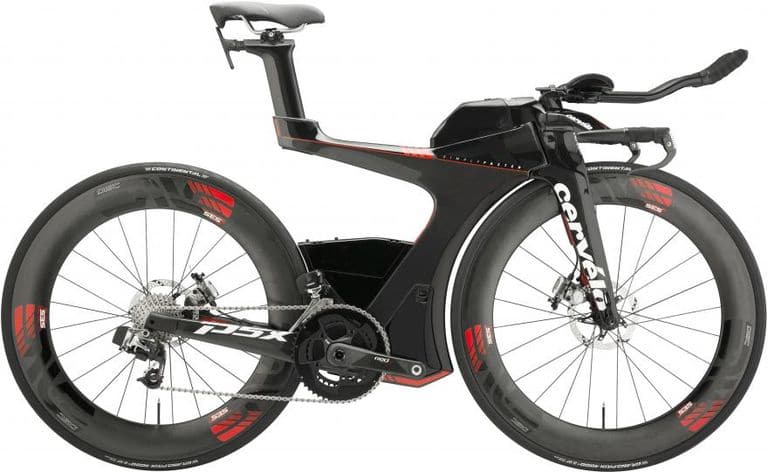
What it is: A road-style bike that’s built for aerodynamic efficiency to help triathletes achieve their best performances. The central features of a triathlon bike are frame geometry and special handlebars that allow the rider to maintain an aerodynamic tuck while preserving stable handling; and aerodynamic frame and component design for reducing drag.
Frames and wheels, especially, are designed with wing-style airfoil shapes for aerodynamic efficiency. At the high end, bikes are designed as complete, custom-integrated units; parts are not easily swapped. Disc brakes are becoming more common, but adoption here still lags behind other road styles. Tyres are typically narrow (25mm or less). Some companies offer women’s-specific models, with different saddle and handlebars, shorter crank arms and, sometimes, different frame geometry.
What it’s for: Going fast on race day. Drafting behind other riders is not legal in most triathlons, so the bikes are optimised to reduce wind drag, and to go fast over the flat to rolling terrain found on most triathlon bike courses. They’re not as versatile as road bikes; the rider position and handling aren’t suited to long climbs or technical, twisty descents.
Price range: Basic triathlon bikes start around R22,000, with metal frames with less aerodynamic shaping, and more conventional wheels. Top-shelf models feature carbon frames with striking wing-shape tube profiles, carbon fibre wheels with deep aero rims, and advances like electronic shifting with multiple shifter points on different parts of the handlebar. These can run well over R150,000.
READ MORE ON: bikes gear types of bikes



